How to Analyse a Transaction from a VAT Perspective
In order to determine the VAT treatment of a particular transaction, one needs to assess whether a transaction falls within the scope of VAT or not. Once we have assessed that the transaction falls within the scope of VAT because it meets the necessary criteria for example;
- that it is carried out by a taxable person acting in the normal course of his business
- is being made for a consideration and the transaction is taking place in the European community
then we need to determine the VAT treatment of that particular transaction, so initially we understand & determine that it falls within the scope and then we need to determine what is the VAT treatment.
The VAT treatment of that particular transaction is identified by splitting that transaction into five questions.
Can you explain the criteria which determine whether a transaction falls within the scope of Malta VAT?
Article 2 to the EU VAT Directive provides that VAT shall become chargeable on
- Every supply of goods or services;
- that takes place in Malta;
- for a consideration;
- made by a taxable person acting as such.
If all four conditions are met cumulatively then, the transaction falls within the scope of Malta VAT and we can move on to analyse the VAT treatment of the transaction further by addressing the following five questions:
- Who are the parties involved?
- What is the nature of transaction?
- Where is the transaction taking place?
- Is an exemption possible?
- Who is liable for the VAT payment?
Who are the parties involved?
In principle, a transaction falls within the scope of VAT only if it is carried out by a taxable person, acting in the normal course of his business. So effectively a person selling his private car would be acting in his private capacity and therefore the transaction would not fall within the scope of VAT.
The person making the supply is also required to establish the status within which the customer is acting since this may have a bearing on the place where a transaction is deemed to take place.
What is the nature of transaction?
It is very important to identify the exact nature of the supply being rendered since different rules may be applicable depending on the nature of the supply. In the context of VAT, a transaction can be one of the following:
- supply of goods
- supply of services
- intra-Community acquisition of goods
- importation of goods
In general, a ‘supply of goods’ shall mean the transfer of the right to dispose of tangible property as owner. Nevertheless, it is still a supply of goods if there is no transfer of the legal ownership of the property. For example, in a car hire purchase agreement, a car dealer is supplying a car to a purchaser allowing them to use the car whilst paying for it in monthly instalments. Here, a supply of goods is taking place as soon as the car dealer transfers the economic ownership of the car to the purchaser, even though the legal ownership will be transferred after the final and full payment for the car is made.
On the other hand, a ‘supply of services’ is a supply that is not a supply of goods. For example, the right to use a trademark is a supply of a service since the trademark is considered as intangible property.
Where is the transaction taking place?
Different rules apply for the purposes of determining where a transaction is taking place for VAT purposes. Such rules are there to determine which jurisdiction has authority to tax a particular transaction. This way, there is less chance of double taxation or no taxation at all.
It is pertinent to note that for VAT purposes a transaction does not necessarily take place where the activities are physically carried out.
For different types of transactions, one may find general rules and specific rules. By literal interpretation, specific rules have ‘specific’ criteria which need to be in place to apply. If any of the criteria are missing, the specific rule shall not apply and instead, we apply the general rules.
The application of the general rules for supplies of goods depends on whether the goods are supplied with or without transport whilst the application of the general rules for supplies of services depend on the status of the customer. For VAT purposes, goods are supplied with transport only if there is cross border transport involved.
Is an exemption possible?
When a transaction is taking place in Malta, before charging VAT outright, a taxable person should assess if the transaction falls within the remit of a VAT exemption. For a better insight on VAT exemptions, this will be discussed in a separate video clip.
Who is liable for the VAT payment?
The person liable for the VAT payment is the person responsible for levying, charging, and collecting the VAT and passing it on to the Malta Tax Authorities when due.
Generally, it is the supplier who is liable for the payment of VAT however, there are several cases where the liability shifts onto the customer.
Practical Example
ABC limited established in Malta for VAT purposes which is essentially providing consultancy services to a company registered for VAT in Finland.
In order to determine the VAT treatment of that transaction as explained earlier we need to dissect it into five questions;
starting from the first question we need to determine who is providing the service and to whom, the reason behind this is to give us a determination whether we have a transaction in a B2B context or B2C context and in this case its a B2B transaction so we identify that the transaction is taking place between two taxable persons.
Next to determine is the nature of the supply.
- What is the nature of supply?
Here we have a consultancy service.
- Where is the place of supply?
The place of supply of a particular transaction is regulated by the place of supply of service rules, in this scenario we have a business established in Malta providing a service to a business established in Finland which in terms of Artcle 44 of the European VAT directive, the place of supply is shifted to the country of the customer that is the country where the customer is established.
- Does an exemption apply?
No
- Who is liable for the payment of the VAT?
The liability for the payment of the VAT onto the customer in terms of Article 196 of the VAT directive.
Want to learn more? Watch this space for the next technical VAT clip.

Matthew Zampa
Partner

Brandon Gatt
VAT Leader




